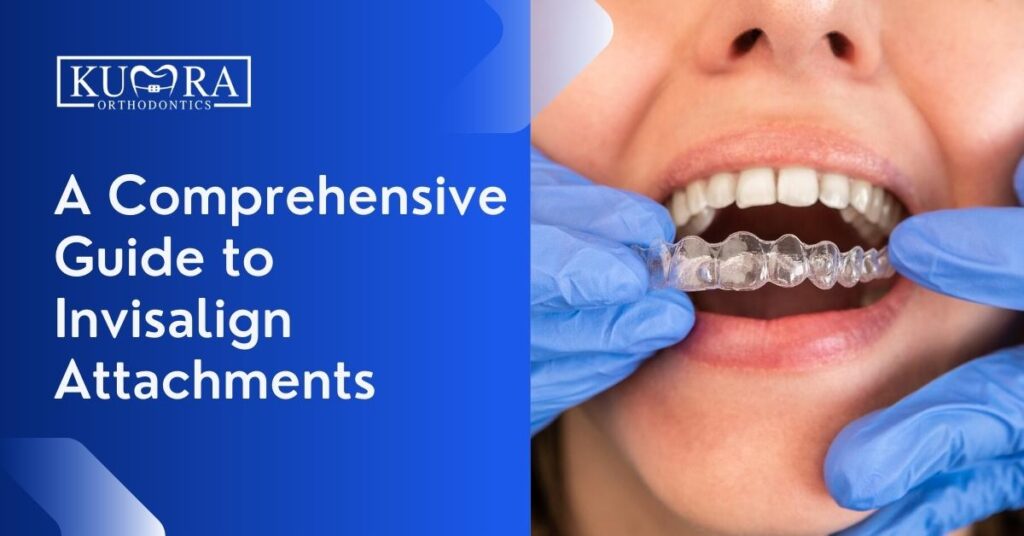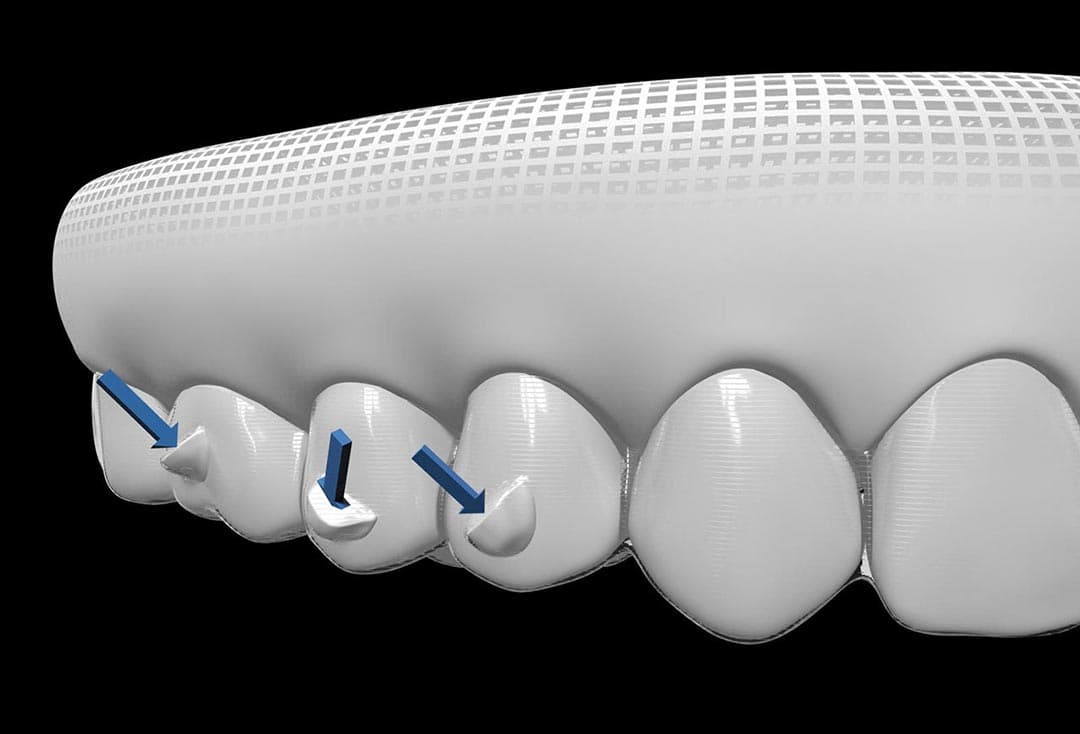Discover the Benefits of Invisalign for a Perfect Smile Improvement
Discover the Benefits of Invisalign for a Perfect Smile Improvement
Blog Article
Invisalign vs. Conventional Braces: Which Option Is Right for You?
When thinking about orthodontic treatment, the selection in between Invisalign and traditional braces presents several vital elements that warrant cautious assessment. Invisalign offers a very discreet alternative with removable aligners, while standard braces supply a more visible yet effective solution for extreme misalignment. Each alternative encompasses unique advantages and drawbacks connected to aesthetics, comfort, treatment period, and price. Comprehending these subtleties is crucial for making an informed choice that straightens with your individual preferences and lifestyle. The question remains: which alternative will ideal satisfy your orthodontic needs and expectations?
Overview of Therapy Choices

In contrast, conventional dental braces contain steel braces and cords that are adhered to the teeth. This method uses constant pressure over time to attain placement. While effective for intricate orthodontic issues, traditional dental braces call for routine sees for changes and can position difficulties in preserving oral health due to the trouble of cleaning up around cords and braces.
Both choices have their values, and the option frequently depends upon specific oral problems, way of living choices, and individual compliance. Ultimately, speaking with an orthodontic expert is essential for establishing one of the most appropriate treatment strategy tailored to private needs. Understanding the subtleties of each choice can substantially affect the overall success of orthodontic therapy.
Aesthetic Considerations
A considerable aspect affecting the choice between Invisalign and traditional braces is the aesthetic allure each treatment uses. Invisalign aligners are crafted from clear plastic, making them practically unnoticeable when used. This very discreet look is especially attracting young adults and grownups that might really feel uncomfortable regarding their orthodontic therapy. The capability to keep an all-natural smile throughout the alignment procedure can significantly boost the person's self-confidence in social and professional setups.
In contrast, typical dental braces include metal braces and cords, which can be a lot more visible. While improvements in orthodontic innovation have actually resulted in the development of smaller brackets and colored elastics, typical dental braces still preserve an even more conspicuous account. For some individuals, the presence of braces may prevent them from looking for necessary treatment.
Ultimately, the selection between Invisalign and conventional dental braces might rest on personal choices pertaining to aesthetic appeals. Individuals that focus on discretion usually favor Invisalign, while those who are much less worried regarding visibility may select typical dental braces. Recognizing the aesthetic ramifications of each option is important for making an informed choice that lines up with one's lifestyle and preferences.
Comfort and Convenience

In terms of comfort, Invisalign aligners are removable, making it possible for patients to appreciate their preferred foods without constraint and maintain optimum dental hygiene. Cleaning and flossing are streamlined, as the aligners can be gotten throughout these routines, whereas typical dental braces require mindful maneuvering around braces and cords.
Additionally, Invisalign's dynamic system enables less orthodontic visits. Individuals typically obtain multiple sets of aligners simultaneously, which can enhance the treatment procedure and decrease time spent in the orthodontist's chair. In contrast, standard dental braces demand normal changes, making them much less convenient for those with hectic routines. Invisalign. Overall, the comfort and ease of Invisalign make it an appealing option for many individuals looking for orthodontic therapy.
Treatment Period and Efficiency
While both Invisalign and standard braces work in correcting dental imbalances, the period of therapy can differ substantially in between the Homepage two options. Typically, Invisalign treatment can take anywhere from 12 to 18 months, depending upon the intricacy of the instance. The clear aligners work by slowly changing teeth right into their desired positions, and routine follow-ups with an orthodontist assistance make certain progress remains on track.
In contrast, standard dental braces often require a longer commitment, normally varying from 18 months to 3 years. This results from their set nature and using cords and braces, which can be a lot more reliable for serious misalignments and complex instances (Invisalign). The treatment effectiveness of standard braces is well-documented, as they permit for accurate modifications and higher control over tooth movement
Ultimately, the option in between Invisalign and typical dental braces might pivot on both the anticipated therapy period and the specific oral problems at hand. Consulting with an orthodontist is crucial, as they can offer customized referrals based upon private requirements, ensuring the chosen approach aligns with wanted outcomes and durations.
Cost Comparison and Insurance Coverage Alternatives
Price plays a substantial duty in the decision-making procedure for individuals considering orthodontic therapy, whether choosing Invisalign or typical dental braces. Typically, the cost of Invisalign ranges from $3,000 to $8,000, while typical braces typically set you back in between $2,000 and $6,000. Factors affecting these expenses include the complexity of the instance, the period of treatment, and geographical area.
Insurance policy protection can considerably affect out-of-pocket costs. Several dental insurance policy plans supply partial coverage for orthodontic therapies, yet the specifics can differ widely. It is crucial for patients to assess their insurance coverage to establish the level of insurance coverage for either choice. Typically, standard braces might be a lot more frequently covered by insurance plans contrasted to Invisalign, which some insurance companies classify as a cosmetic procedure.
In addition, a number of orthodontic methods use adaptable layaway plan, making both treatment choices more accessible. Patients should ask about possible funding choices and discounts for in advance payments. Evaluating the complete expense, consisting of insurance policy advantages and settlement plans, is essential for making an educated choice that lines up with both aesthetic choices and budget considerations.

Verdict
In recap, the selection in between Invisalign and conventional braces hinges on numerous variables, including visual choices, convenience, treatment duration, and read this article price. Invisalign supplies a very discreet, detachable option that helps with oral hygiene and dietary adaptability, while conventional dental braces might be much more appropriate for complex dental issues and commonly come with a reduced cost factor. Eventually, examination with an orthodontist is vital to examine individual circumstances find more and figure out the most suitable therapy choice for achieving ideal oral placement.
When thinking about orthodontic therapy, the choice between Invisalign and conventional dental braces presents numerous essential elements that merit mindful evaluation.Comparing Invisalign and typical braces discloses distinct treatment options for orthodontic improvement.While both Invisalign and typical dental braces are effective in correcting dental misalignments, the duration of treatment can vary significantly between the two alternatives.Price plays a substantial duty in the decision-making process for people considering orthodontic therapy, whether opting for Invisalign or conventional braces.In summary, the option between Invisalign and conventional braces pivots on multiple variables, consisting of visual choices, convenience, treatment duration, and expense.
Report this page